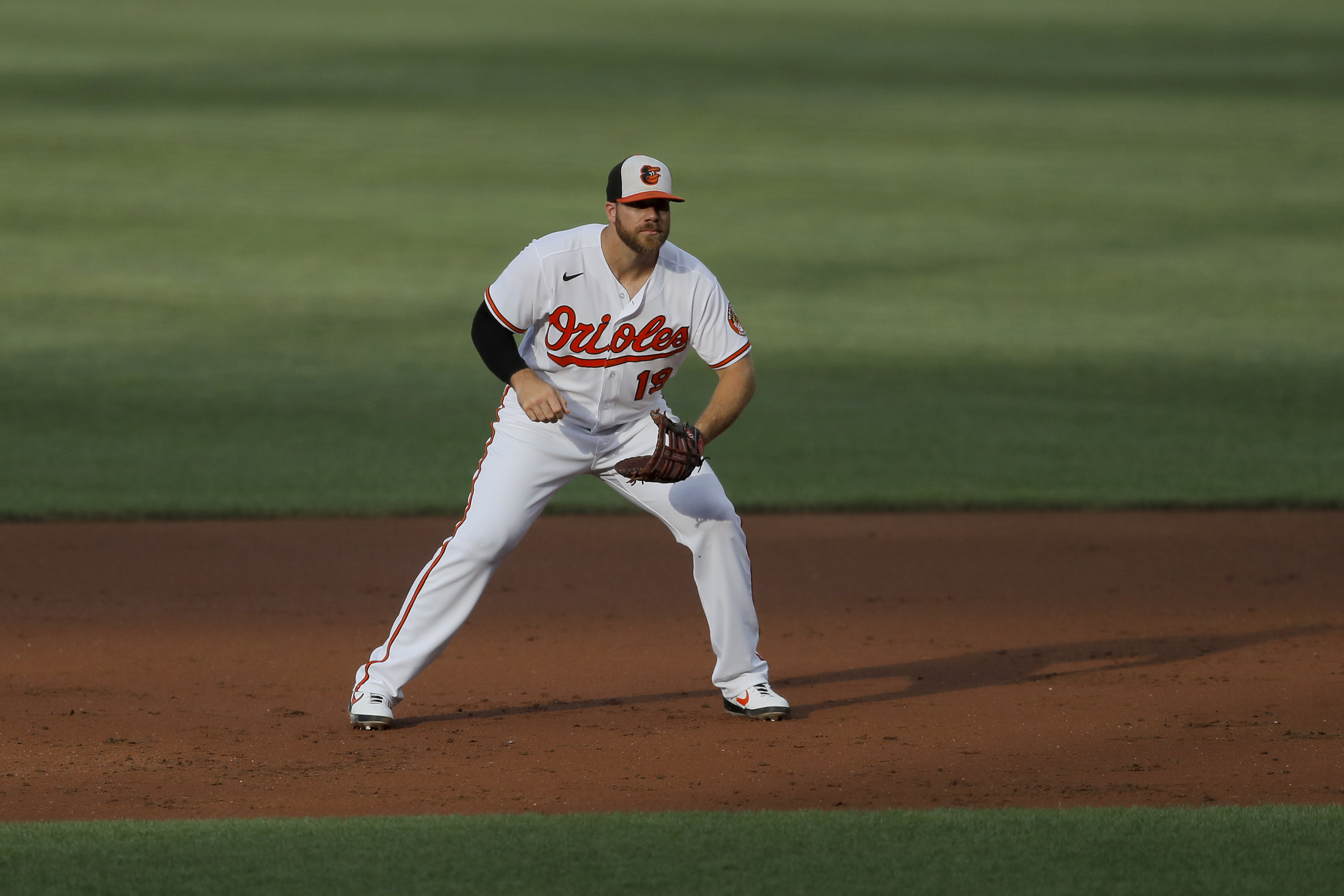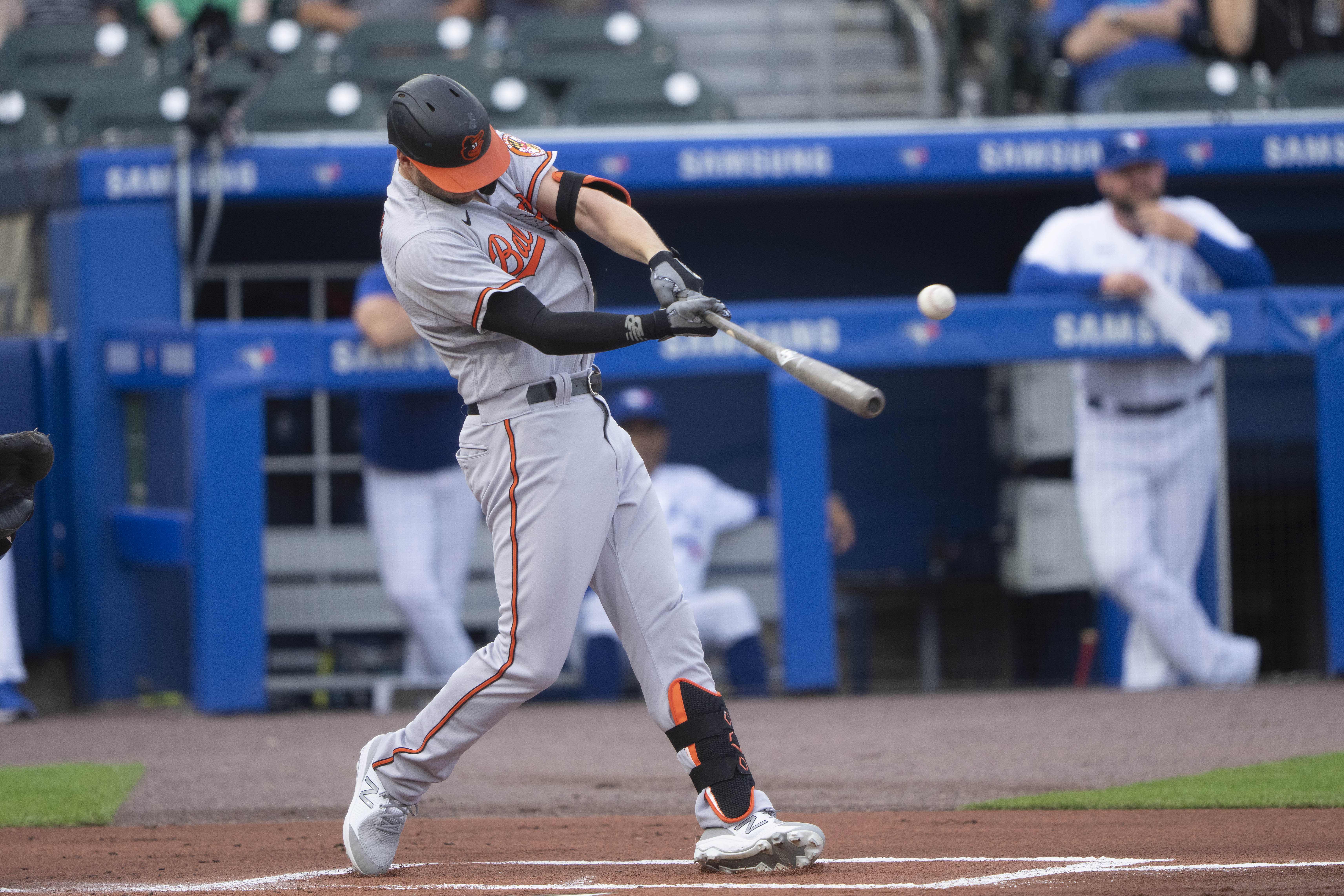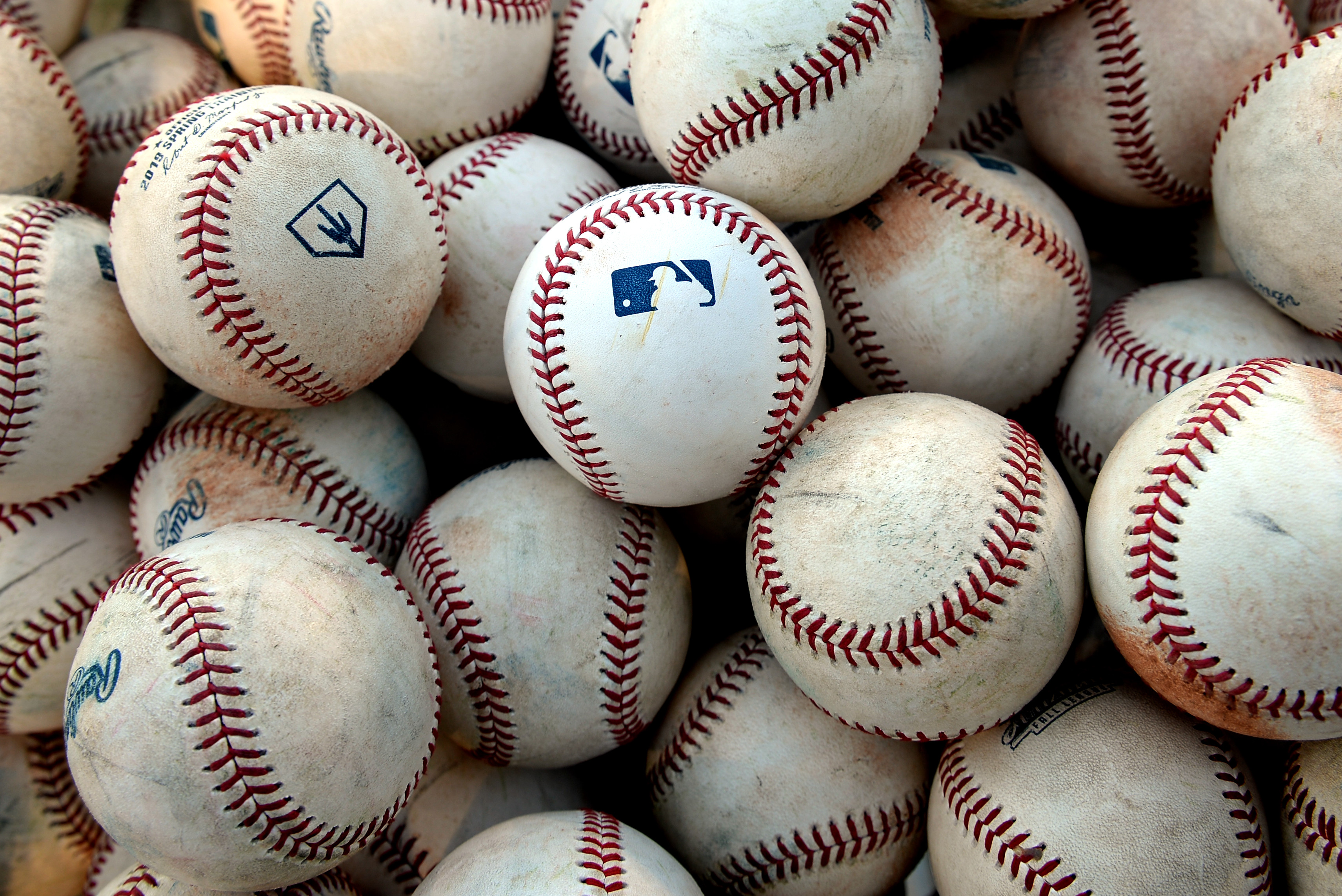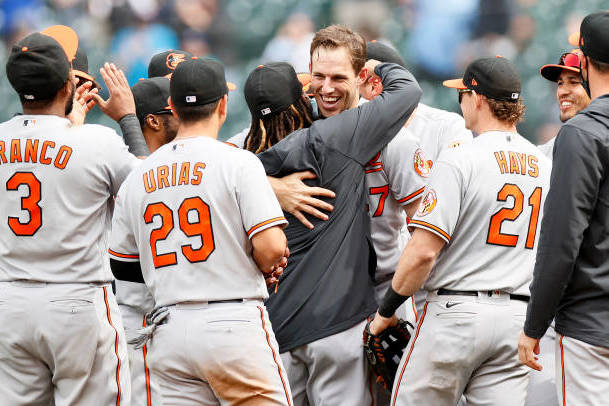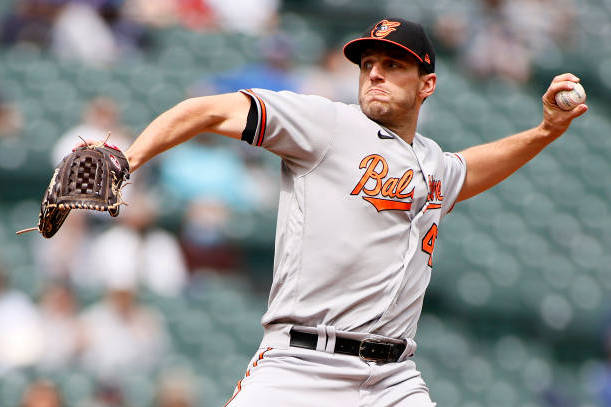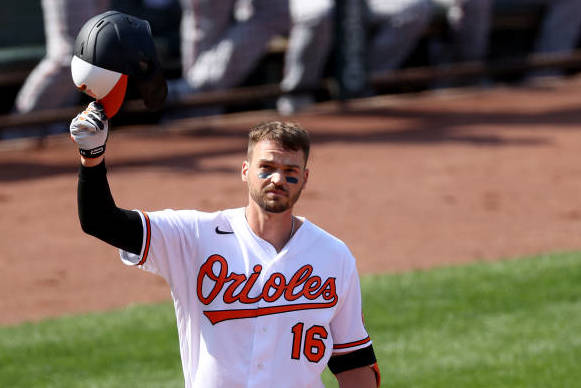How Low Can the O's Go? A Look at Orioles Historic Losing Streak and What's Next
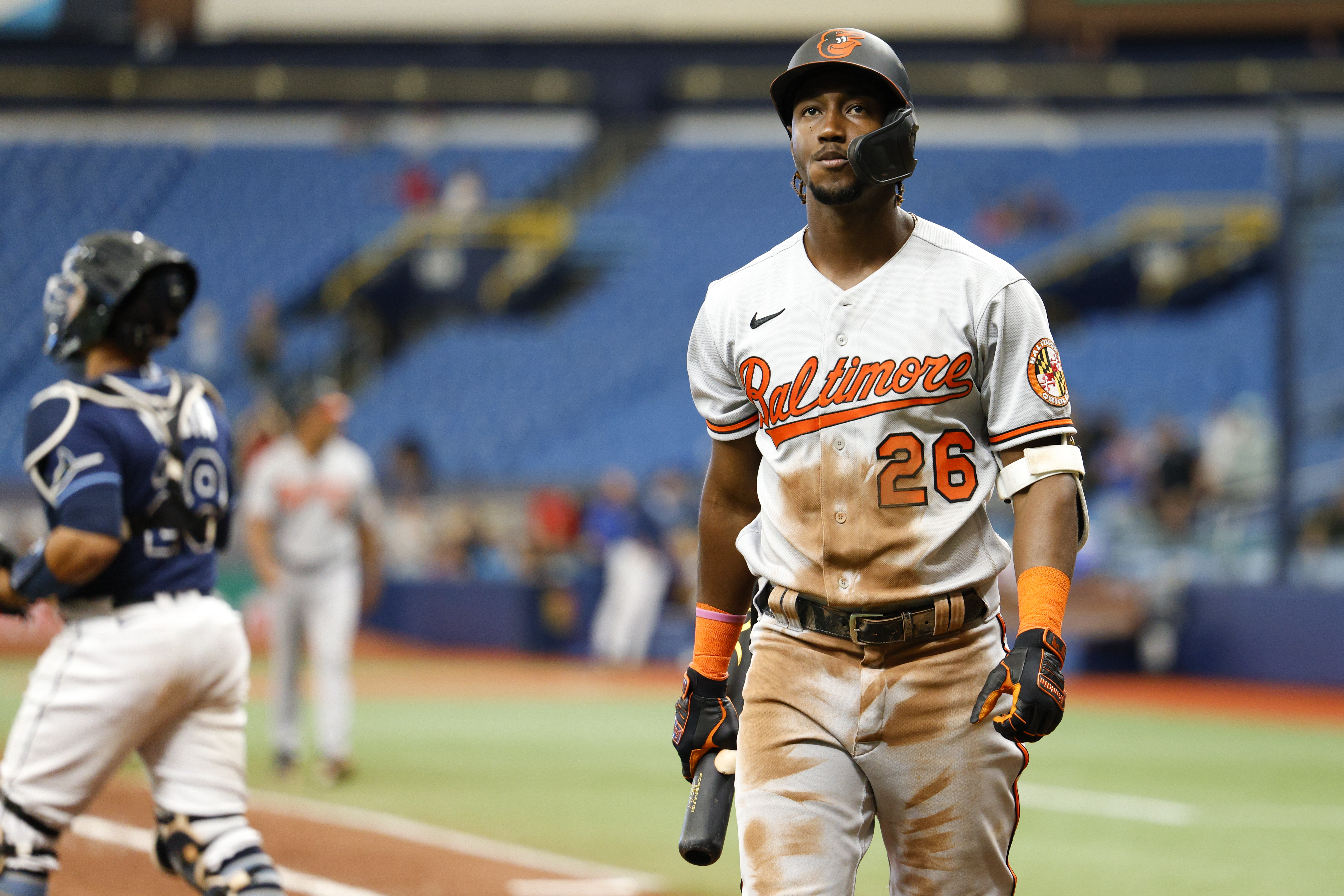
The Baltimore Orioles are pretty bad right now.
Well, maybe not this exact moment since they were idle on Monday and won't return to action until they take on the Los Angeles Angels later on Tuesday. But the Orioles have certainly been bad of late, as their 3-1 loss to Atlanta on Sunday made it 18 in a row since August 3.
Baltimore's losing streak is the longest since the Kansas City Royals lost 19 straight in 2005. If the O's lose again on Tuesday, they'll have tied that mark.
After that, the modern record for consecutive losses would be within range. Should the Orioles stretch their streak to 23 losses in a row, they'll cozy up next to the 1961 Philadelphia Phillies in a place of all-time futility.
While we're piling on, it's very much because of Baltimore's sudden inability to win games that the club now has the worst record in Major League Baseball. Whereas they had five more wins than the Arizona Diamondbacks on August 2, the latter now has a four-win edge.
As for how the Orioles got here, well, there's the small picture and then there's the big picture.
Are the Orioles Really That Bad Right Now?
The Orioles never were supposed to be good this year, as FanGraphs pegged them for just 65 wins at the outset of the season. After a brief window of positivity in the opening days of the season, they fell under .500 for the first time on April 11 and have been there ever since.
The problem isn't just that the Orioles lack talent. They're also stuck with one of the most difficult schedules in baseball, and it's only fair to acknowledge that it's been especially difficult during their losing streak.
Their 18 losses have come against the New York Yankees (2), Tampa Bay Rays (7), Detroit Tigers (3), Boston Red Sox (3) and Atlanta (3). The Tigers are the only one of those teams that's not in contention for a playoff spot, yet even their 60-66 record looks like a slice of fried gold relative to Baltimore's 38-85 mark.
As one unnamed Oriole told Ken Rosenthal of The Athletic: “It sucks, man. We’re totally overmatched with the schedule we play.”
But even in spite of their schedule, one would hope that the Orioles could at least play competitive baseball. They haven't. Of their 18 losses, 17 have been by more than one run. Overall, their skid is marked by a minus-102 run differential and both the most runs allowed (149) and fewest runs scored (47) of any team between Aug. 3 and 22.
At 1.86, Orioles pitchers posted the worst strikeout-to-walk ratio of any team during that window. At 2.29, they also allowed the highest rate of home runs per nine innings. Among their starters, specifically, John Means' 6.52 ERA is actually the low mark during the slide.
If there's anything to be said in defense of O's pitchers, it's that they haven't gotten much support from the guys with the gloves. The team has allowed an inordinately high .328 BABIP during its 18-game skid. Too many catchable balls have gone for hits, such as this one, this one, this one and, maybe most memorable of all, this one:
On the other side of the ball, the Orioles actually hit more home runs (22) between Aug. 3 and 22 than contenders like the St. Louis Cardinals, San Diego Padres and New York Mets. And in situations when nobody was on base, O's hitters racked up a .265 average and .481 slugging percentage. Both marks were among the top 10 in MLB.
This, however, points to the obvious problem of the Orioles being tragically unclutch. During their skid, they've hit just .198 with men on base and .146 with runners in scoring position. And of their 22 home runs, a league-high 20 were with the bases empty.
The Orioles' 18-game skid has thus been a perfect storm of a difficult schedule combining with a significant talent deficit and an utter failure to execute when it matters.
As much as we'd love to tell them it will get easier, it won't. The Orioles have the hardest remaining schedule of any team in baseball. Even if their losing streak eventually ends, there's likely no stopping them from their third 100-loss season in four years.
How Did Things Get This Wrong?
It wasn't that long ago the Orioles were not only good, but really good.
Between 2012 and 2016, they had the highest winning percentage of any team in the American League. They netted three playoff berths during that stretch, making it as far as the American League Championship Series in 2014.
Though there's a case to be made for the club's ultimately ill-fated $161 million deal with Chris Davis during the 2015-16 offseason as the true beginning of the end, things didn't actually start going south for the team until 2017. After winning 89 games and making the playoffs in 2016, that was when Baltimore slipped to last place in the AL East amid an 87-loss season.
Four years later, it's easy to look back and say that Dan Duquette, then the Orioles president of baseball operations, should have blown it up. If he had, he surely would have landed prospect riches for the likes of hitters Manny Machado, Jonathan Schoop and Adam Jones and hurlers Kevin Gausman, Brad Brach, Darren O'Day and Zack Britton.
Back then, though, context mattered. As poorly as the O's played in 2017, it was only one bad year after five successful years. And with both Duquette and manager Buck Showalter headed into the last years of their respective contracts, both had a clear reason to see 2018 as a last hurrah rather than the first step into a rebuild.
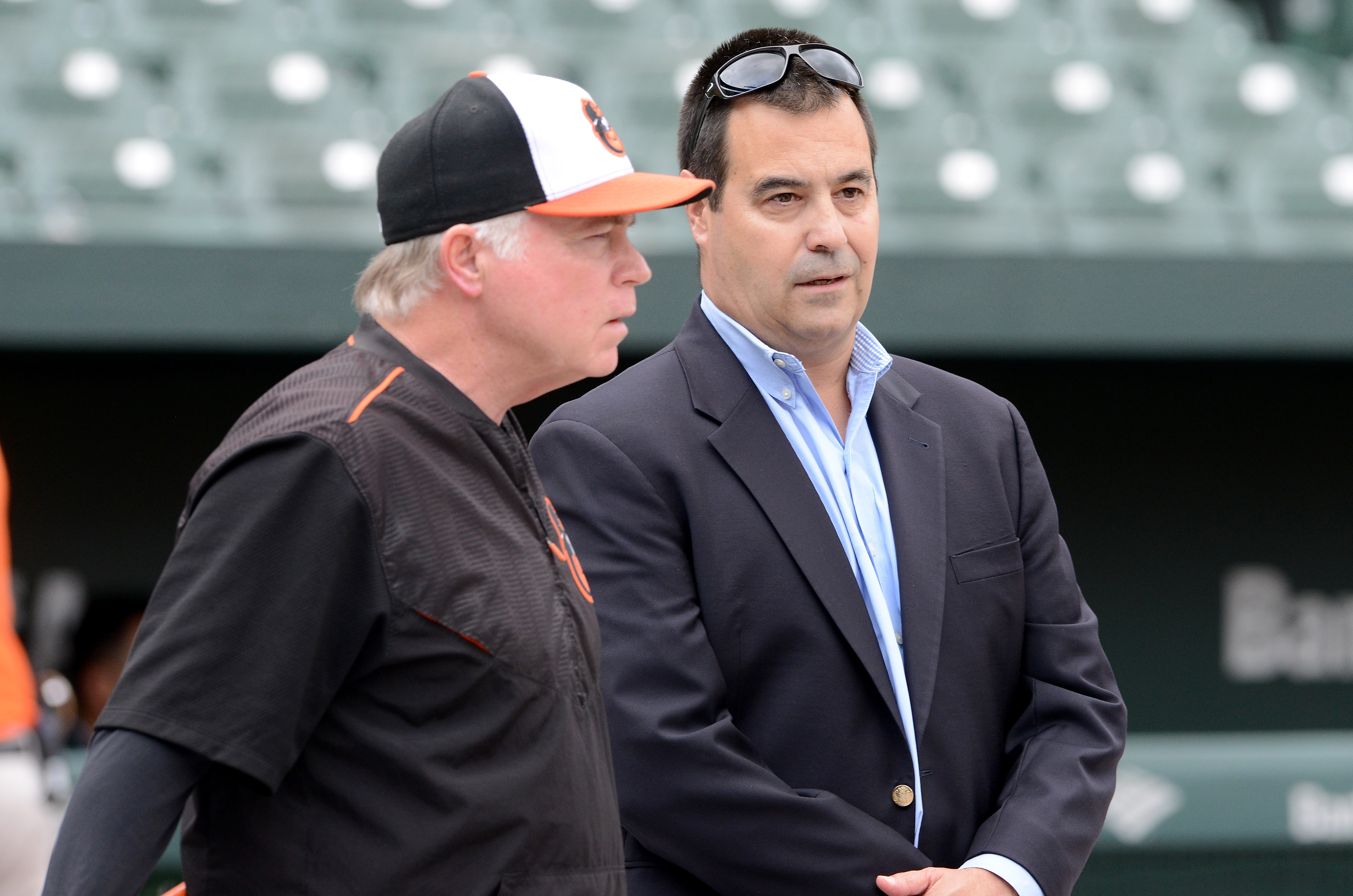
So the Orioles went for it, even going as far as to spend $73 million on starters Alex Cobb and Andrew Cashner to round out their rotation. The projection systems weren't sold on the team going into 2018, yet another playoff run wasn't totally outside the realm of possibility.
That is, of course, until it was.
The Orioles won their opener in 2018, but were never over .500 the rest of the way en route to final record of 47-115. Of the aforementioned trade chips, only Jones wasn't moved before the end of the year. And that was only because he used his 10-and-5 rights to block a deal that would have sent him to the Philadelphia Phillies.
Three years later, it's not a good look for Duquette that just one of the players (outfielder Yusniel Diaz) acquired in trades of Machado, Schoop, Gausman, O'Day and Britton is among the club's top 30 prospects at MLB.com. Apart from modest contributions (i.e., 0.8 rWAR) of reliever Dillon Tate, those trades also aren't bearing fruit in the majors in 2021.
Could Duquette have done better, though? Perhaps not. The Machado trade, in which Diaz was but one of five players netted by Baltimore, was generally well reviewed at the time. Duquette otherwise had to get what he could for the other guys, whose value had fallen off sharply from 2017 by way of injuries and inconsistency.
All this makes Duquette a valid, yet oddly unsatisfying scapegoat for the current state of the Orioles. And this isn't even to mention the fact that the Orioles are now in their third season under different leadership after Duquette and Showalter got canned in October 2018.
It's been Mike Elias' show ever since the Orioles hired him away from the Houston Astros to run their front office. The club's long-term outlook has undeniably improved under his watch, as he's boosted the club's prospect depth through three years of high draft picks and trades of inherited assets like Cobb, Dylan Bundy, Mychal Givens and Miguel Castro.
Elias did, however, make an unforced error in March 2019 when he sent Mike Yastrzemski to the San Francisco Giants. He's since turned himself into one of baseball's better outfielders, while Baltimore's end of the deal (pitcher Tyler Herb) is still languishing in the minors.
Save for waiver-wire pickup Cole Sulser and Rule 5 pick Tyler Wells, Elias has also failed to perform alchemy with players from outside the organization. Inside the organization, meanwhile, All-Star center fielder Cedric Mullins is the only Duquette-era holdover to significantly improve under the Elias regime.
Though the Angelos family that owns the team certainly shares the blame, a lack of free-agent spending has also held the Orioles back. They've spent just short of $8 million on free agents over the past three winters, according to Spotrac. This tracks with the kind of slow, steady and cheap rebuild that Elias was a part of in Houston, but it's frankly pathetic that the Orioles are spending over $100 million less on players than they were as recently as 2017.
What the 2021 Orioles are, then, is the byproduct of one regime that was understandably neglectful of the future and another that's been frustratingly neglectful of the present.
On the Bright Side...
After they secured a solid haul led by Sam Houston outfielder Colton Cowser at No. 5 overall, we liked Baltimore's farm system enough after the draft to place it at No. 10 in MLB.
The folks at Baseball America have since done us one...well, actually eight better. They rate Baltimore's system as the second-best in baseball, remarking that it's the "highest-ever ranking" for an Orioles farm system.
Leading the pack is catcher Adley Rutschman, who Elias selected at No. 1 overall out of Oregon State in 2019. He's put up a .909 OPS with 19 home runs at Double-A and Triple-A this season, numbers which both support his case as the best prospect in any organization and hint at a possible cup-of-coffee stint with Baltimore in September.
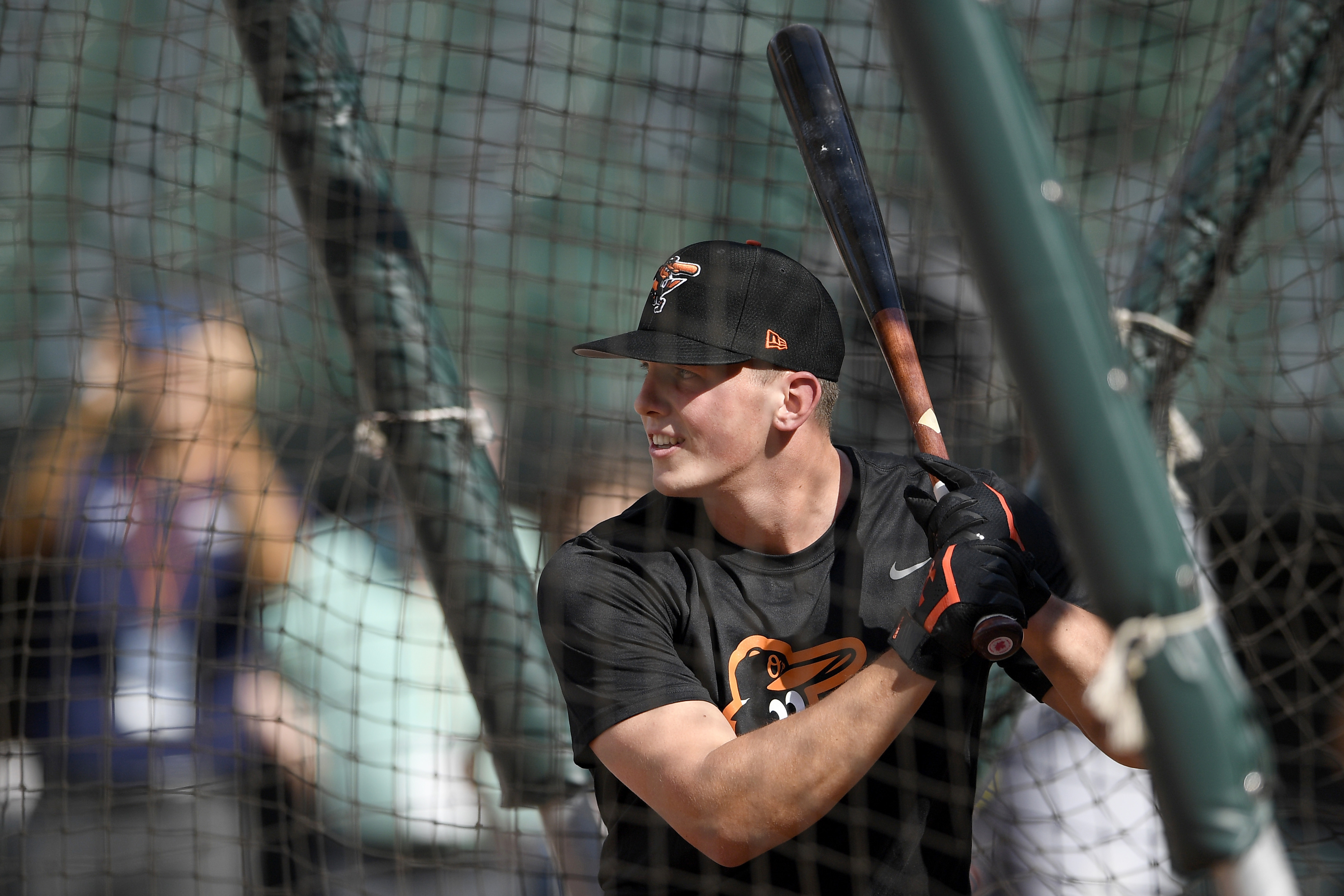
Lest anyone think Duquette didn't leave anything behind, arguably Baltimore's second- and third-best prospects are holdovers from his regime: right-hander Grayson Rodriguez and left-hander DL Hall. Both look like top-of-the-rotation types who could debut early in 2022.
In addition to plentiful prospects, the Orioles also now have plentiful payroll flexibility as a result of their recent stinginess and Davis' retirement. To wit, they don't have a single player under a guaranteed contract for 2022.
In theory, the Orioles could use that flexibility to sign Mullins and noted Home Run Derby participant and fan favorite Trey Mancini to long-term extensions. Should the Angelos family and Elias finally decide to kick-start the team's rebuild, it could just as easily be put to use on the free-agent market.
It's perhaps premature to say that the Orioles' future is bright. But compared to what's going on right now, it's certainly brighter than the team's present.
Stats courtesy of Baseball Reference, FanGraphs and Baseball Savant.

